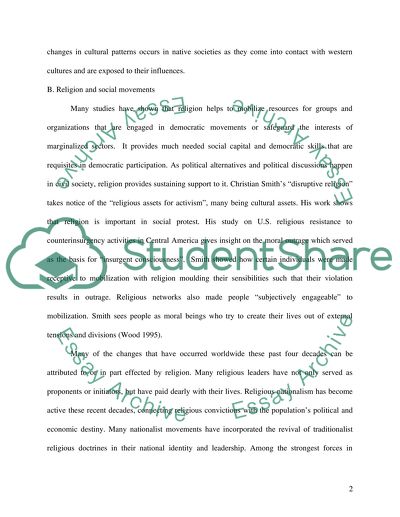Cite this document
(“Modernity versus Westernization Essay Example | Topics and Well Written Essays - 4250 words”, n.d.)
Retrieved from https://studentshare.org/miscellaneous/1528936-modernity-versus-westernization
Retrieved from https://studentshare.org/miscellaneous/1528936-modernity-versus-westernization
(Modernity Versus Westernization Essay Example | Topics and Well Written Essays - 4250 Words)
https://studentshare.org/miscellaneous/1528936-modernity-versus-westernization.
https://studentshare.org/miscellaneous/1528936-modernity-versus-westernization.
“Modernity Versus Westernization Essay Example | Topics and Well Written Essays - 4250 Words”, n.d. https://studentshare.org/miscellaneous/1528936-modernity-versus-westernization.


